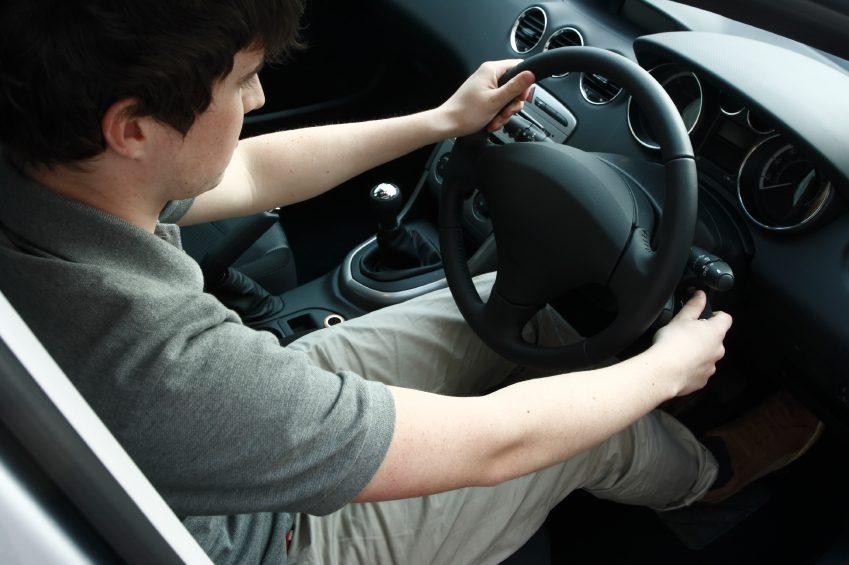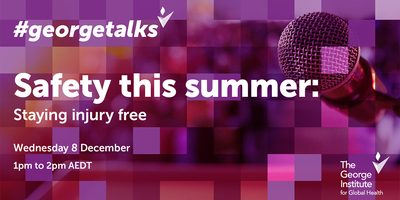
Self harm: major road safety issue for young drivers
Australia’s largest study of young drivers has revealed the significant impact of self-harm on young driver road safety. Of the 20,000 young drivers enrolled in the study, 4% reported self-harm. Researchers at The George Institute showed that self-harm behaviour was associated with a significantly increased risk of car crash compared to other young drivers in the study who did not engage in self-harm.
“Self-harm is a significant issue for young people in Australia. We now know that this also impacts considerably on young driver safety, as we found that those drivers who engaged in self-harm were at a 40% increased risk of a crash”, said author Dr Alexandra Martiniuk, The George Institute.
Self harm is the deliberate injuring of oneself and includes cutting, attempted hanging and poisoning. Internationally, research shows that up to 17% of people aged 14 and 25 years self-harm, although there is known to be significant under-reporting of self-harm behaviours.
The study reports that self-harm was more common among those study participants who were female, Australian-born, lived in rural or regional areas, spent more time driving per week, slept fewer hours compared to other drivers and those who reported high levels of drug and alcohol use.
According to Dr Martiniuk, “A particularly worrying trend shown in our findings is that most of the self-harm related crashes involved multiple vehicles. This amplifies the danger from these crashes, as it is not only the safety of young drivers who engage in self-harm at an increased risk, but the safety of all road users”, she added.
The results of this study highlight an important need for programs managing road behaviour in young people with poor mental health. Further research on this topic will be essential. In the interim, the authors of this study (including psychiatrists and youth psychologists) believe the first step is raising awareness of the increased risk of crash for this sub-group by informing general practitioners, teachers, parents and youth groups, so that they can help identify self-harming behaviour and help young people seek appropriate treatment for this behaviour.
These results are part of a series of analyses from the DRIVE study, which is the largest study of young drivers ever undertaken and was funded by Australia’s National Health and Medical Research Council, NRMA Motoring and Services, and NRMA-ACT Road Safety trust and the Roads and Traffic Authority of NSW. The DRIVE study recruited over 20,822 young drivers holding red P-plates in NSW aged 17-24 years and prospectively examined their crashes reported to police for a two year period. The overall aim of the DRIVE study is to investigate the risk factors in motor vehicle-related crashes and injuries among young drivers and to find ways to improve the safety of young drivers and help make roads safer for all users.
This particular analysis investigated the risk that intentional self-harm poses for motor vehicle crashes among young drivers. Additional results due to be released from the DRIVE study during 2009/2010 include: rural and socioeconomic risk factors for young drivers, pre-licensing driving experience, training and education, poor mental health and subsequent crash risk, and sleep habits.





